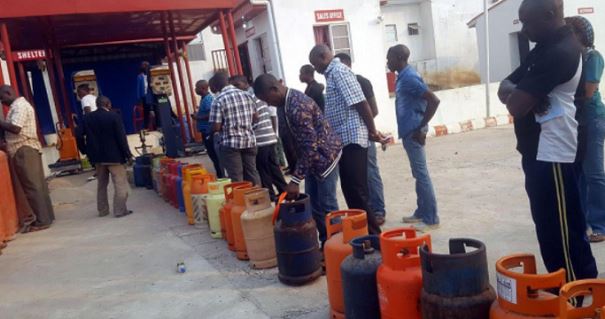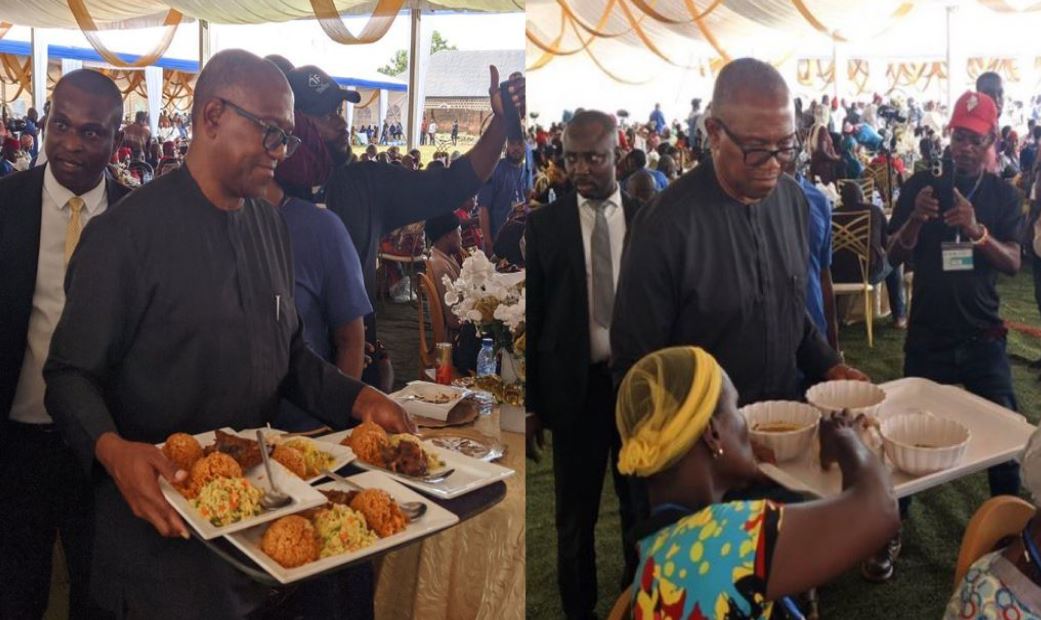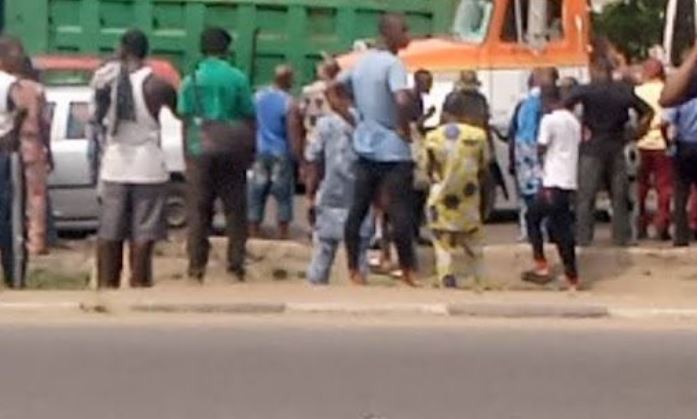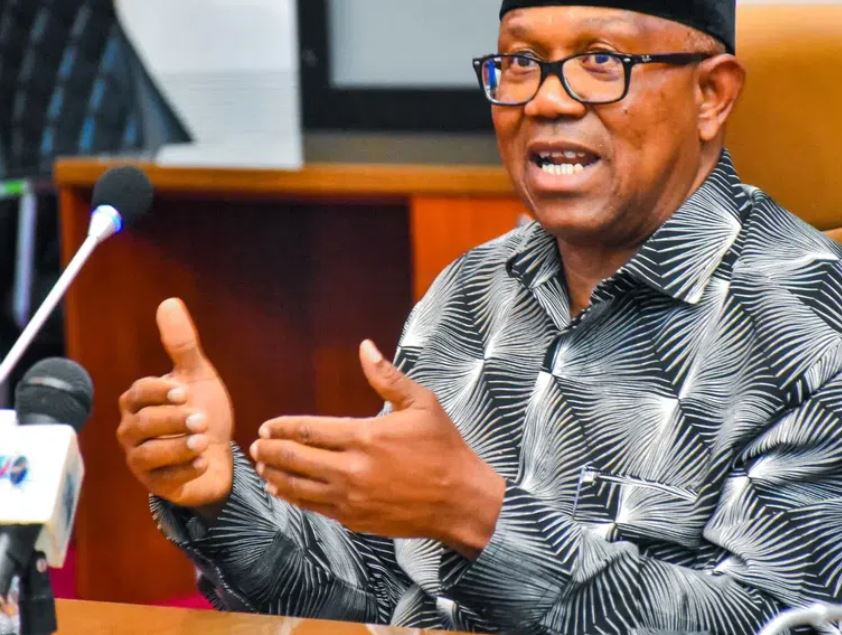Cost of 12.5kg cooking gas now N10,000, as dealers lament low supply
Gas dealers project a further increase in the price of gas, amidst a continuous shortage in the supply and rising.
The cost of filling cooking gas surged to yet another unprecedented level across various markets in Lagos State. Refilling a 12.5kg cylinder of cooking gas increased by 25% to an average of N10,000 compared to N8,000 recorded as of the previous week.
Gas dealers project a further increase in the price of gas, amidst a continuous shortage in the supply and rising demand for the commodity.
This is according to the bi-monthly market survey carried out by the research team of Nairametrics, comprising of four major markets in Lagos state namely; Oyingbo, Daleko, Mushin and Mile 12.
Also, the price of a medium-sized bag of pepper now sells for an average of N21,750, representing a 10.8% increase compared to an average of N19,625 recorded two weeks ago. According to data culled from the report, a 3.8-litre gallon of Mamador vegetable oil now sells for an average of N7,650, indicating an 18.1% increase compared to an average of N6,475 earlier in the month of May 2022.
On the flip side, the price of a 50kg bag of Oloyin beans dropped by 12.8%, now selling for an average of N33,125 compared to the initial average price of N38,000. Similarly, a big bag of bush mango seed (also known as ogbono seed) now sells for an average of N128,000.
Highlights of the report
- The price of a medium-sized bag of pepper rose by 10.8% to sell for an average price of N21,750 from the previously recorded average price of N19,625.
- Also, a big sized tuber of yam which initially sold for an average of N2,350 now sells for an average of N2,600, representing an increase of 10.6%
- Similarly, the cost of a carton of full chicken rose by 8.9% to sell for an average of N21,500 from the previous average price of N19,750.
- On the other hand, a 50kg bag of white garri now sells for an average of N12,275, indicating a 9.1% fall in price compared to an initial average of N13,500.
- In the same vein, a 50kg bag of white beans that was initially sold for an average of N55,825, now sells for an average of N53,250.
- Notably, the price of some food items such as noodles, cocoa beverages, milk, semovita, pasta, amongst others retained their initial prices.
Market insights
In a discussion with Mr. Rufus, a gas tanker driver and distributor, he said that the price of cooking gas increased due to its scarcity as a result of delayed vessels.
“I have been at the depot for the past 5 days and still not able to get gas as we kept waiting for the gas vessels. I had to come back because it is evident that no vessels are coming into the country any time soon,” he lamented.
“We should anticipate more increase in the price of the cooking gas as distributors are only selling what they have in store already, he added.
According to Mr. Tobisolo, a major gas distributor, he explained that depots in Nigeria have been rationing the use of vessels in bringing gas into the country. As of the time of talking to Mr. Tobi, he noted that out of the 12 depots in the country, only five of them had gas, which has caused a significant rise in the price of cooking gas.
“The price of gas will continue to increase if actions are not taken either to start producing gas domestically or ramp up importation. We have only a few vessels that come into the country at a time, and can only supply a limited number of depots, which is why there are supply shortages of gas,” he noted.
Meanwhile, Mr Chukwuekwe, a garri trader at Daleko market, explained that the increase in the price of yellow garri is due to seasonal fluctuations, considering that we are well into the rainy season. He also noted that when there is less sun, it affects the production of garri, hence the rise in the price.
He also explained that palm oil, which is an integral ingredient in the production of yellow garri, is relatively low in supply during the rainy season, which consequently affects the price of yellow garri.
In a brief tour around the pepper section of Mile-12 market, the Nairametrics team observed that the type of pepper in the market was tiny compared to their usual sizes. Mallam Issa explained to the team that seasonality has set in the harvest of pepper in Nigeria.
He noted that the tiny pepper seen in the market is not Nigerian pepper but imported as Nigerians are not currently harvesting pepper due to seasonality.





















